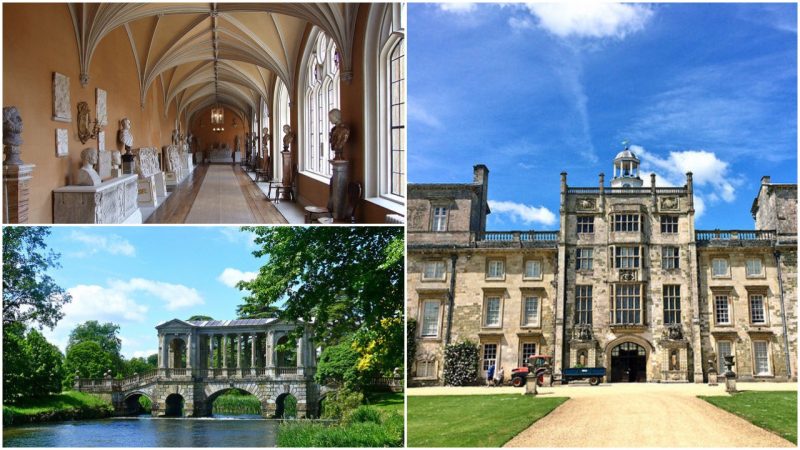Wilton House is a remarkable example of Palladian architecture, holding a very important place in British history. It is an English country house near Salisbury in Wiltshire, and for four centuries it has been the property of the Earls of Pembroke.
The first building was a priory founded by King Egbert after the property was granted to King Alfred.
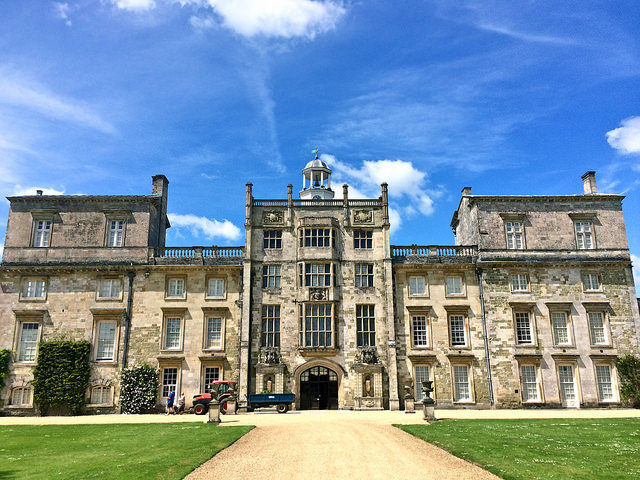
The estate became Wilton Abbey and grew in size and power over the years, but ultimately began to decline and was broken up by Henry VIII in his Dissolution of the Monasteries. The King presented it and its attached estates to William Herbert, 1st Earl of Pembroke, in 1544, which demonstrated his position as a favorite of the king and powerful member of court.
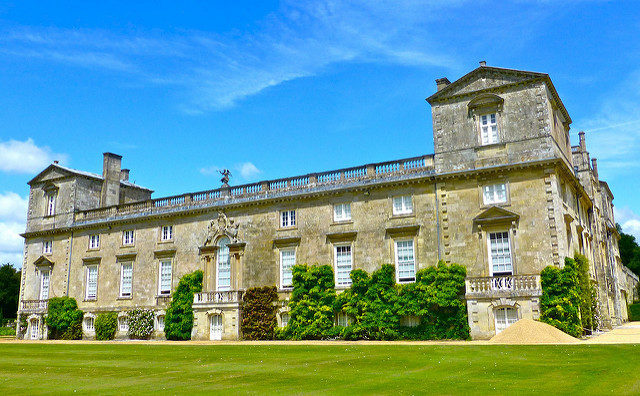
The abbey was transformed into a beautiful house, with the original structure largely destroyed, though remnants were found during renovations that occurred after WWII.
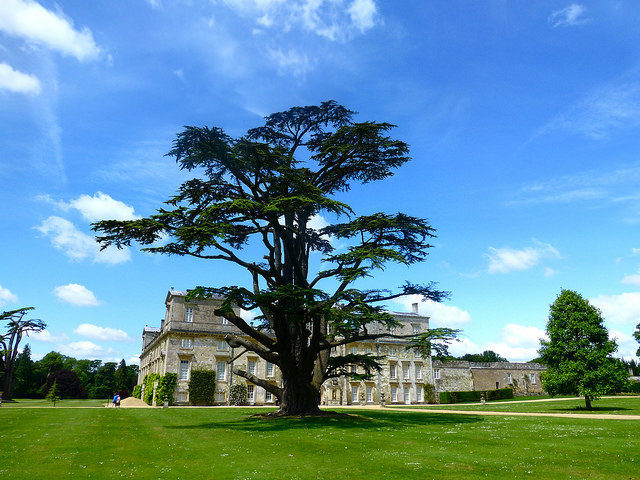
There is no proof that Hans Holbein the Younger was involved with the design of the new house. However, the great entrance porch was removed from the house and transformed into a garden pavilion in the 19th century; its name is the “Holbein Porch.”
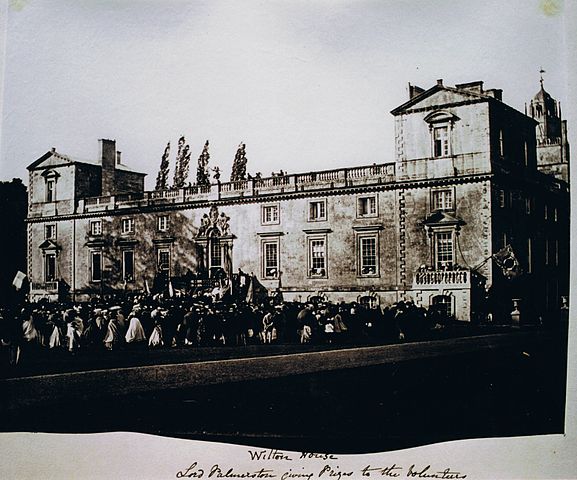
William Herbert’s house lasted 80 years until 1630, when the 4th Earl decided to pull down the southern wing. English architect Inigo Jones designed a new complex of staterooms for the house. The masonry of the southern façade was built of local stones; there were three floors in the English style.
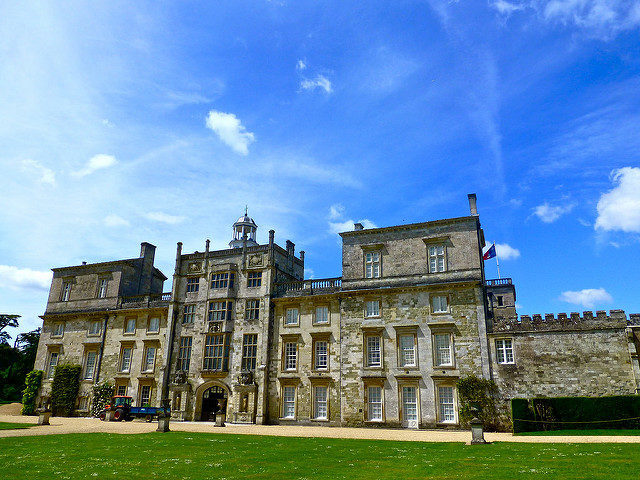
On the ground floor small balconies were designed for the windows above. The second floor contains the great double-height Venetian windows and is characterized by “corner stone” decoration defining the facade. This floor is the main floor or piano nobile, and carries Pembroke’s arms in stone relief.
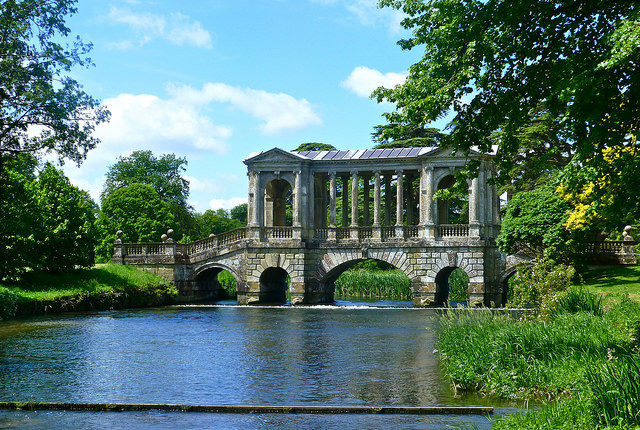
The third floor is a mezzanine floor. Unlike the floor beneath, it has small, pedimented windows a hidden roofline, and a pedimented tower resembling a Palladian pavilion.
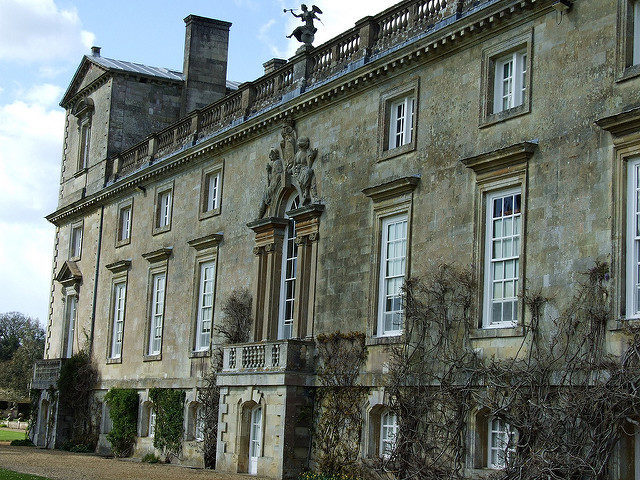
Inigo Jones was considered an innovative designer by his contemporaries, and Queen Henrietta Maria, a frequent guest at the house, was interested in his work at Wilton. The seven staterooms are contained in the southern wing of Wilton House.
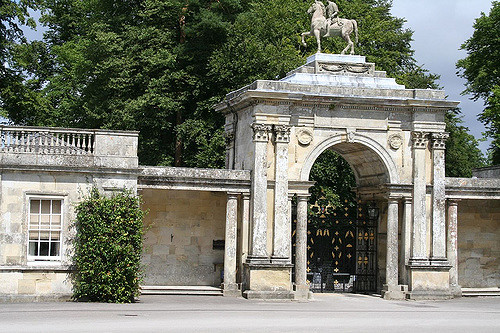
Staterooms were seldom used; they were opened only for important guests such as a high-ranking member of the state or the monarch and his consort. The largest room was in the center, and it was open for the guests to gather. Other, smaller rooms were used for private audiences, not for the public.
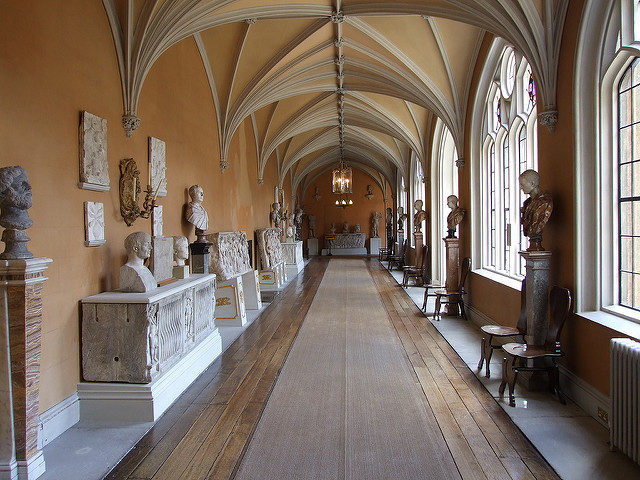
Seven remarkable rooms designed by Inigo Jones have their own names: The Single Cube Room, The Double Cube Room, The Great Anteroom, The Colonnade Room, The Corner Room, The Little Ante Room, and The Hunting Room. Each one has a different characteristic and story, and is intended for a different purpose.
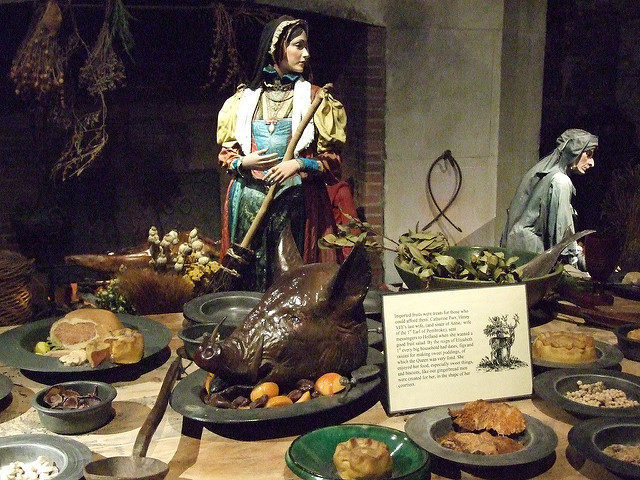
The Single Cube Room is 30 ft in length, width, and height. It is a perfect cube, hung with paintings by Lely and Van Dyck. It is the only room that survived the fire in the Wilton House in 1647, with an interior designed by De Caus and Inigo Jones himself.
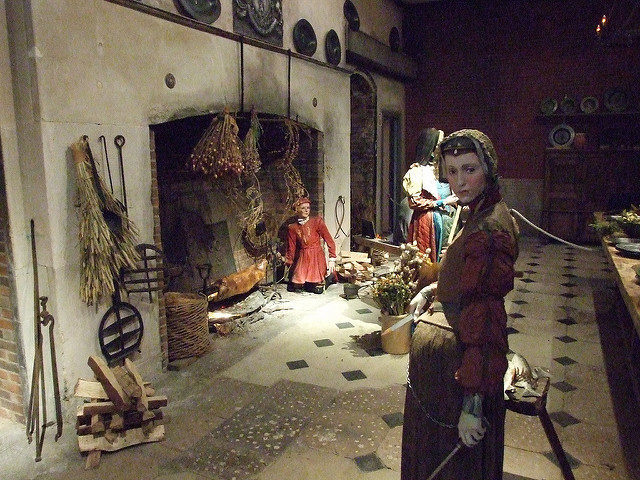
The Double Cube Room is 60 ft long (18 m), 30 ft wide (9 m), and 30 ft high. The pine walls are painted white and decorated with fruit in gold leaf. There are mirrors by Chippendale, the furniture is red velvet, and console tables by William Kent complete the look of the room with paintings by Van Dyck.
The Great Anteroom was the entrance to the State Apartments before the reconstruction of the house in 1801. On the wall of this room hung a painting by Rembrandt, a portrait of his mother. The Colonnade Room or the state bedroom features painted themes from the 18th century, decorated with urns, cobwebs, flowers, monkeys, and more. Also, the walls are hung with paintings by Reynolds and furnished with work by William Kent. The Corner Room has walls covered in red damask, and there are paintings by Andrea del Sarto and Rubens.
The Little Ante Room has a white marble fireplace by Inigo Jones, and there are very old paintings by Van Dyck and Teniers. Also, the panels were painted by Lorenzo Sabbatini (1530–1577). The Hunting Room is used as a private room by the Herbert family. The room is square, and the panels depicting hunting scenes are by Edward Pierce. Aside from the magnificent state rooms, there are some secondary rooms: The Front Hall, The Upper Cloisters, The Staircase, The Smoking Rooms, The Library, and The Breakfast Room.
James Wyatt, the 11th Earl, was an architect who modernized Wilton House in the Gothic style in 1801. The project was finished by Sir Jeffry Wyatville, Wyatt’s nephew, because he died before the completion of the house’s reconstruction.
Related story from us: Biltmore Estate: The largest privately owned house in the United States
The garden of Wilton House has also been subject to changes through the years by the time each earl possessed the house. It is enclosed by trees and has a central fountain. William Herbert, 18th Earl of Pembroke, is the current earl, and although he lives in the house with his family, the house and grounds are partially open to the public.
